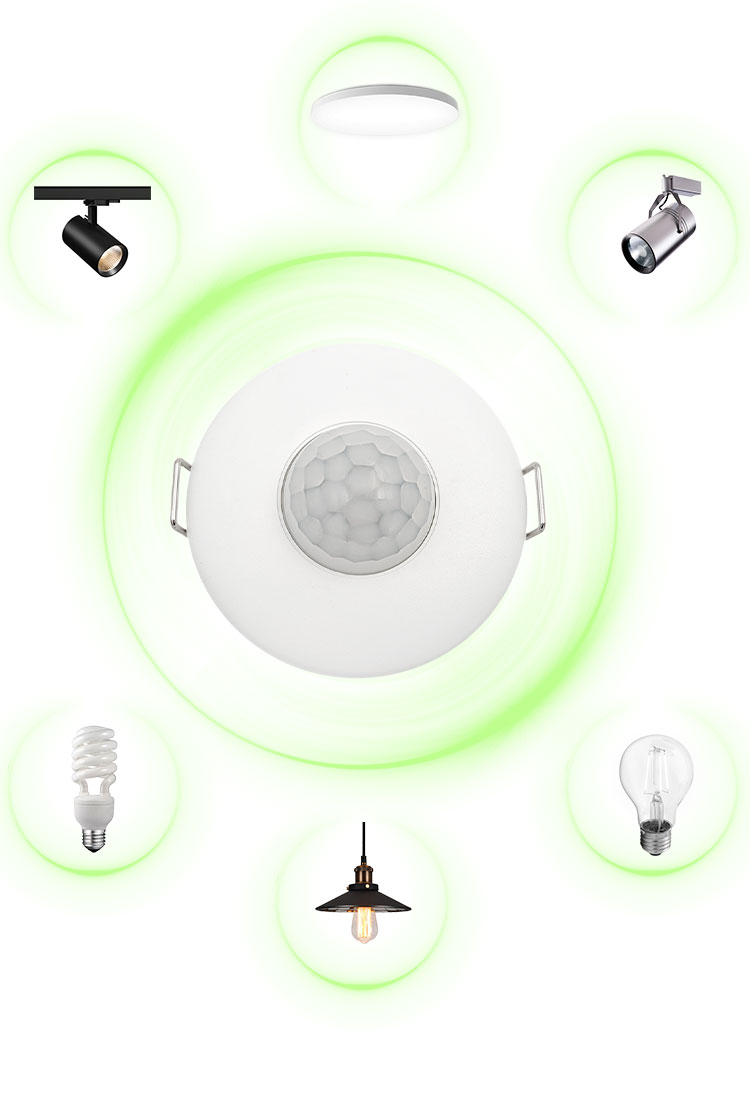

Daily application of smoke detection alarm
Daily application of smoke detection alarm
Smoke detectors, also known as smoke detectors or smoke detectors. It is widely used in daily life and industrial scenarios, mainly by monitoring the concentration of smoke particles or gases in the air and issuing timely alarms to prevent fire accidents. Here are some introductions to its use in home applications:
1. Main Types
Standalone Smoke Alarms: Installed in bedrooms, hallways, kitchens (requires models with false alarm prevention), etc., these alarms alert residents through audible and visual signals.
Connected Smart Smoke Detectors: Integrated with home security systems, they provide remote alerts via smartphone apps and can trigger other devices (e.g., automatically shutting off gas valves).
Combination Carbon Monoxide Detectors: Detect both smoke and toxic gases, ideal for households using gas appliances.
2. Key Application Scenarios
(1) Bedrooms & Hallways
Purpose: Provide timely alerts during high-risk nighttime fire incidents (e.g., overheated electronics, tipped candles).
Recommendations: Install in every bedroom and escape-route hallway; prioritize models with voice alerts. Choose high-decibel alarms (85dB+) with strobe lights to ensure accessibility for the hearing-impaired.
(2) Kitchen
Challenge: Cooking fumes may trigger false alarms.
Solution: Use photoelectric smoke detectors (more sensitive to smoldering fires, less reactive to steam) or models with a "hush button."
(3) Basement & Garage
Risks: Electrical shorts, fuel leaks, etc.
Note: Opt for dust-resistant models and avoid installation near vents.
(4) Living Room & Study
Key Hazards: Electrical fires (e.g., overheating chargers), smoking, or fireplace sparks.
3. Installation precautions
. (1) Location selection:
It should be installed near flammable materials (such as kitchens, bedrooms, living rooms, etc.) to ensure timely detection of smoke in the event of a fire. It is recommended to install at a height of 1.5 meters above the ground for easy daily maintenance and troubleshooting. The kitchen detector should be at least 3 meters away from the stove to reduce false alarms
In the center of the ceiling (at least 30cm away from the wall), avoid corners or ventilated areas.
High rise residential buildings: Install at least one on each floor, preferably in the stairwell.
(2) Power supply and fixation:
Usually, it is necessary to use adhesive tape, magnets, screws, etc. to fix the equipment on the ceiling or wall, ensuring that the equipment is stable and the sensing range covers the entire room.
Smoke detectors significantly reduce fire casualties through early warning, and technological development is evolving towards intelligence, multi-sensor fusion, and low false alarm rates. Home applications can consider purchasing standalone/wireless smoke detection alarms, as well as the new 360 ° all-round detection high-sensitivity alarm.








